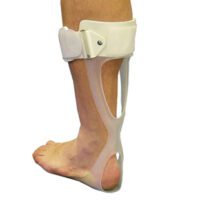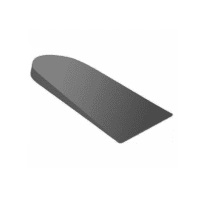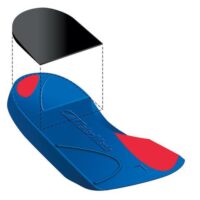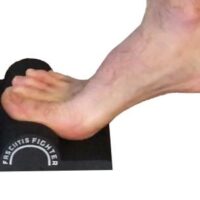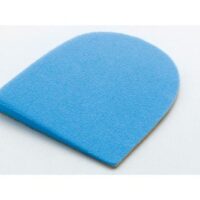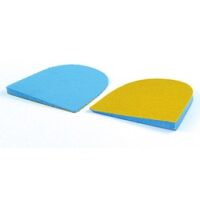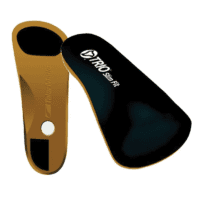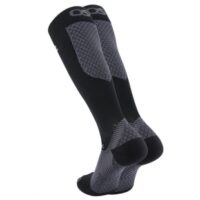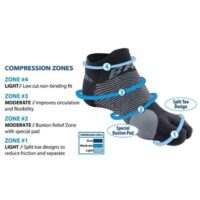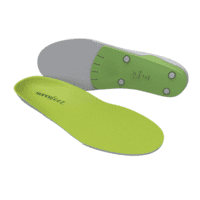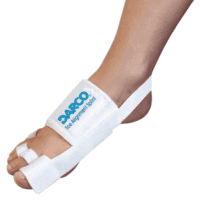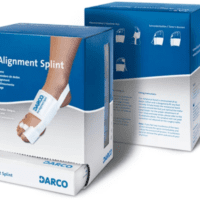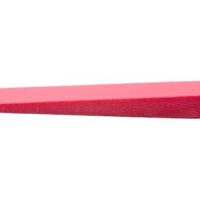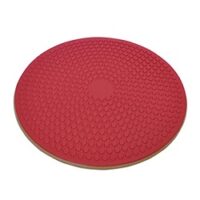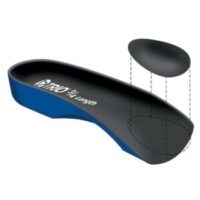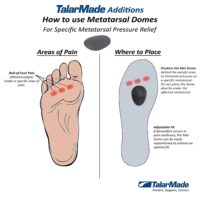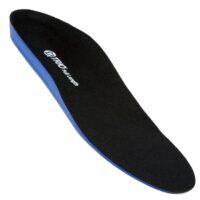Sinus Tarsi Syndrome
Article by John Miller
What is Sinus Tarsi Syndrome?
Sinus tarsi syndrome affects the small space located on the outside of the ankle, known as the sinus tarsi. This condition often leads to persistent ankle and foot pain, causing discomfort in daily activities and sports.
Why Does Sinus Tarsi Syndrome Occur?
This syndrome typically arises after an ankle sprain or repetitive stress on the foot. The sinus tarsi can become inflamed due to ligament injuries, leading to pain and instability.
How Can You Identify Sinus Tarsi Syndrome?
Common symptoms include a feeling of instability, tenderness around the ankle, and difficulty in walking on uneven surfaces. If you experience these symptoms, it’s essential to seek professional advice.
New Research on Sinus Tarsi Syndrome
Recent studies on sinus tarsi syndrome highlight the importance of early diagnosis and treatment. According to a study published in the Journal of Clinical Medicine (Willegger et al., 2023), it is recommended that srugeon drop the use of the term sinus tarsi syndrome in exchange for the causative aetiology, where biomechanical treatment as typically provided by a skilled physiotherapist can assist the rehabilitation.
Solutions for Sinus Tarsi Syndrome
Effective treatments include physiotherapy, orthotics, and in some cases, injections to reduce inflammation. Physiotherapy focuses on strengthening the muscles around the ankle and improving joint stability. Read more about ankle pain management.
Why is Physiotherapy Important?
Physiotherapy not only alleviates pain but also addresses the root cause of the syndrome. By targeting specific muscles and joints, physiotherapists can help you regain full function and prevent future injuries. Learn more about physiotherapy for ankle injuries.
Conclusion
Sinus tarsi syndrome can significantly impact your mobility and quality of life. Early intervention and professional care are crucial for recovery. Consult a physiotherapist to develop a tailored treatment plan that addresses your specific needs.
What to Do Next?
If you suspect you have sinus tarsi syndrome, seek professional advice from your physiotherapist. They can assess your condition and recommend appropriate treatments.
Rochedale - Call 38410277
Book Online: RochedaleSalisbury - Call 32751044
Book Online: SalisburySandgate - Call 32691122
Book Online: SandgateSinus Tarsi Syndrome FAQs
- What causes sinus tarsi syndrome?
- Sinus tarsi syndrome is typically caused by ankle sprains or repetitive stress injuries.
- What are the symptoms of sinus tarsi syndrome?
- Symptoms include pain, tenderness, and instability in the ankle, especially when walking on uneven surfaces.
- How is sinus tarsi syndrome diagnosed?
- A physiotherapist can diagnose sinus tarsi syndrome through a physical examination and possibly imaging tests like MRI or X-rays.
- What treatments are available for sinus tarsi syndrome?
- Treatments include physiotherapy, orthotics, anti-inflammatory medications, and sometimes corticosteroid injections.
- Can sinus tarsi syndrome be prevented?
- Preventative measures include strengthening exercises for the ankle and wearing supportive footwear.
- How long does it take to recover from sinus tarsi syndrome?
- Recovery time varies but with appropriate treatment, many people see improvement within a few weeks to months.
Related Articles
- Ankle Pain Management: Explore effective strategies for managing ankle pain.
- Physiotherapy for Ankle Injuries: Learn how physiotherapy can help recover from ankle injuries.
- Foot Pain Causes and Treatments: Understand various causes of foot pain and available treatments.
- Chronic Ankle Instability: Discover how to manage and treat chronic ankle instability.
- Orthotics for Foot and Ankle Support: Find out how orthotics can support your foot and ankle health.
- Sports Injury Prevention: Tips to prevent sports injuries and maintain peak performance.
- Post-Surgery Rehabilitation: Effective rehabilitation techniques post ankle or foot surgery.
- Physiotherapy Benefits: Explore the overall benefits of physiotherapy for various conditions.
- Managing Joint Pain: Strategies to manage and reduce joint pain effectively.
- Sinus Tarsi Syndrome: Causes and Treatment: A comprehensive review of sinus tarsi syndrome.
- Effective Physiotherapy for Ankle Pain: Research on the effectiveness of physiotherapy in treating ankle pain.
- Innovative Treatments for Foot and Ankle Conditions: Discover new and innovative treatments for foot and ankle conditions.








